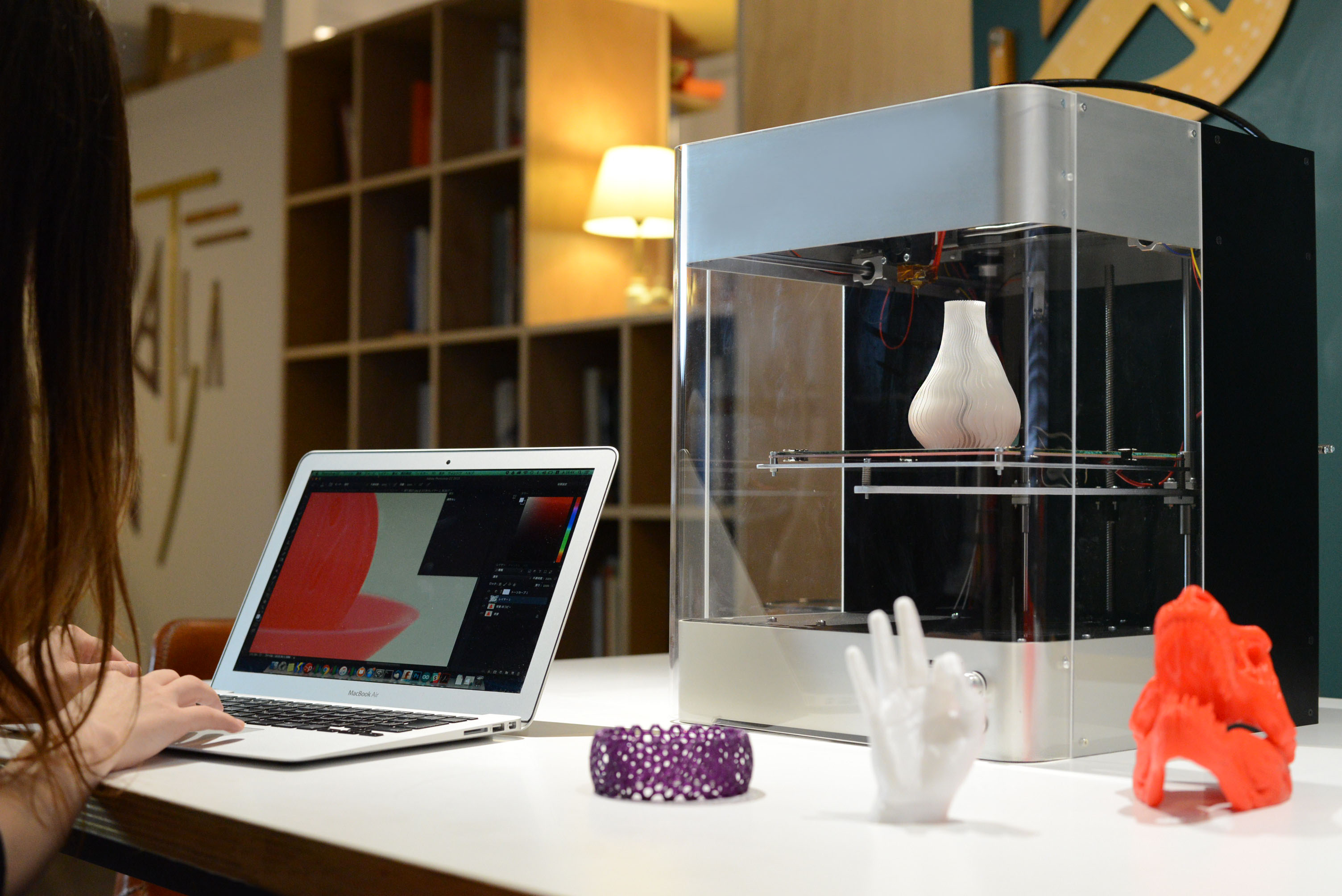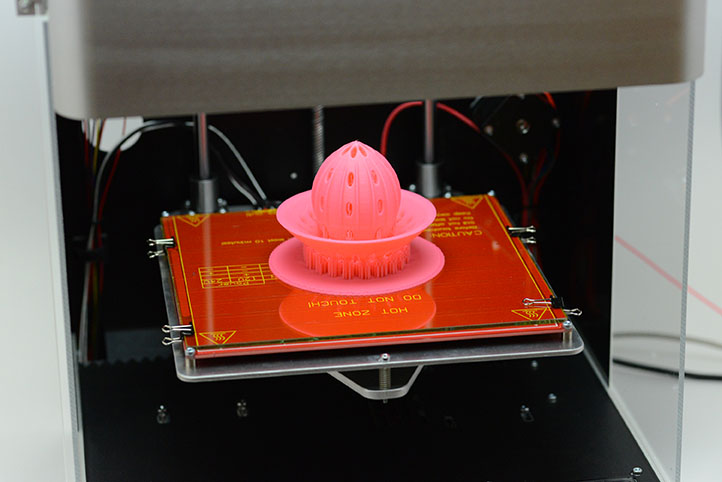
We find that STIR is a better predictor of which models will explode in multidimensional simulations than other methods of driving explosions in 1D. We compare the results of STIR to high-fidelity 3D simulations and perform a parameter study of CCSN explosion using 200 solar-metallicity progenitor models from 9 to 120 M ⊙. For sufficiently large values of the mixing-length parameter, turbulence-aided neutrino-driven explosions are obtained.
#Lepton focus 3d download free#
We estimate the strength of convection and turbulence using a modified mixinglength theory approach, introducing a few free parameters to the model that are fit to the results of 3D simulations. Our new approach includes crucial terms resulting from the turbulent and convective motions of the flow. We present a new method for including the most important effects of convection and turbulence in 1D simulations of neutrino-driven CCSNe, more » called Supernova Turbulence In Reduced-dimensionality, or STIR. Studies spanning a large swath of the incredibly varied initial conditions of CCSNe are possible in 1D, though such simulations must be artificially driven to explode. Simulations of CCNSe including accurate treatments of neutrino transport and sufficient resolution to capture key instabilities remain among the most expensive numerical simulations in astrophysics, prohibiting large parameter studies in 2D and 3D.

The core-collapse supernova (CCSN) mechanism is fundamentally 3D, with instabilities, convection, and turbulence playing crucial roles in aiding neutrino-driven explosions. Finally, both the progenitor asphericities and the SASI-induced transient shock expansion phases generate transient gravitational waves and neutrino signal modulations via perturbations of the protoneutron star by turbulent motions.

We also report more » that for a subset of our simulations, we find conclusive evidence for the lepton-number emission self-sustained asymmetry, which until now has not been confirmed by independent simulation codes. The SASI produces transient shock expansions, but these do not result in any explosions. We find a strong standing accretion shock instability (SASI) that develops at late times. As has been noted in other recent works, we find that the post-shock turbulence plays an important role in determining the overall dynamical evolution of our simulations.
#Lepton focus 3d download full#
We also find some dependence on resolution and geometry (octant versus full 4π). While none of our 3D CCSN simulations explode within ~500 ms after core bounce, we find that the presence of large-scale aspherical motion in the Si and O shells aid shock expansion and bring the models closer to the threshold of explosion. We employ a state-of-the-art 20 M ⊙ progenitor generated using Modules for Experiments in Stellar Astrophysics, and the SFHo equation of state. In this work, we present the results of an extensive set of 3D CCSN simulations using high-fidelity multidimensional neutrino transport, high-resolution hydrodynamics, and approximate general relativistic gravity. While there is an emerging consensus on the qualitative outcome of detailed CCSN mechanism simulations in 2D, only recently have high-fidelity 3D simulations become possible. It creates even sharper images when combined with FLIR’s patented Multi-Spectral Imaging (MSX®) technology, which extracts detail from a visible light camera and embosses it on the thermal image created by Lepton.The details of the physical mechanism that drives core-collapse supernovae (CCSNe) remain uncertain. Lepton contains a breakthrough lens fabricated in wafer form, along with a microbolometer focal plane array (FPA) and advanced thermal image processing.

With a resolution of 160 × 120 active pixels in a camera core that is smaller than a dime, Lepton is bringing thermal imaging to a new generation of electronic devices for work, play, and mission-critical applications.

FLIR Lepton is a revolutionary longwave infrared (LWIR) imager that is ten times less expensive than traditional thermal cameras.


 0 kommentar(er)
0 kommentar(er)
